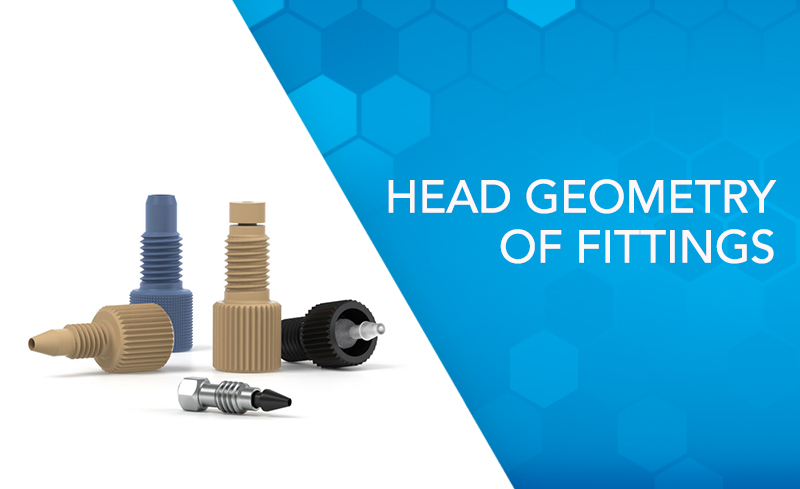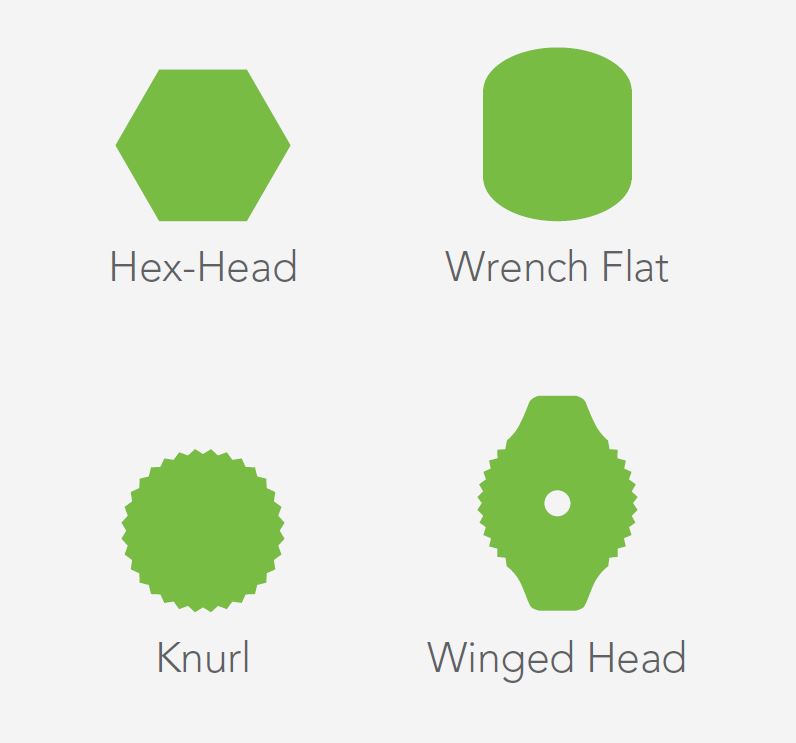

Hex-Head, Wrench-Flat to Knurled: How to Tighten Fittings

Fittings are described by more than just their threads. Another major factor that helps determine what nut to use is the geometry of the head.
Many nuts can only be properly tightened with a wrench. So, for those nuts, it’s important to note if they have a “hex-head” or “wrench-flat” geometry, and then to specify what the diameter is from flat side to flat side. This tells you what wrench you need to use.
Other nuts, however, can be tightened without a wrench; all you typically need are your fingers to tighten them properly! Rather than using a “hex head” or “wrench flat” geometry that is difficult to tighten by hand, these “fingertight” fittings often feature a “knurled” head...and sometimes are even enhanced with “wings” — to offer more gripping surface and extra friction against your fingers. Learn more about IDEX Health & Science’s MarvelX and MarvelXACT finger-tight fittings for UHPLC applications.

Note: In microscale applications, where the fittings are often smaller than standard fittings, it is common to find the heads of these fittings designed with a “micro-knurl” pattern. However, because of their overall diameter, these fittings still typically require the use of custom-designed tools to ensure they are tightened sufficiently to hold tubing to their stated pressure limits. Be sure to consult with the fittings supplier for more information on proper tightening of these smaller fittings.
